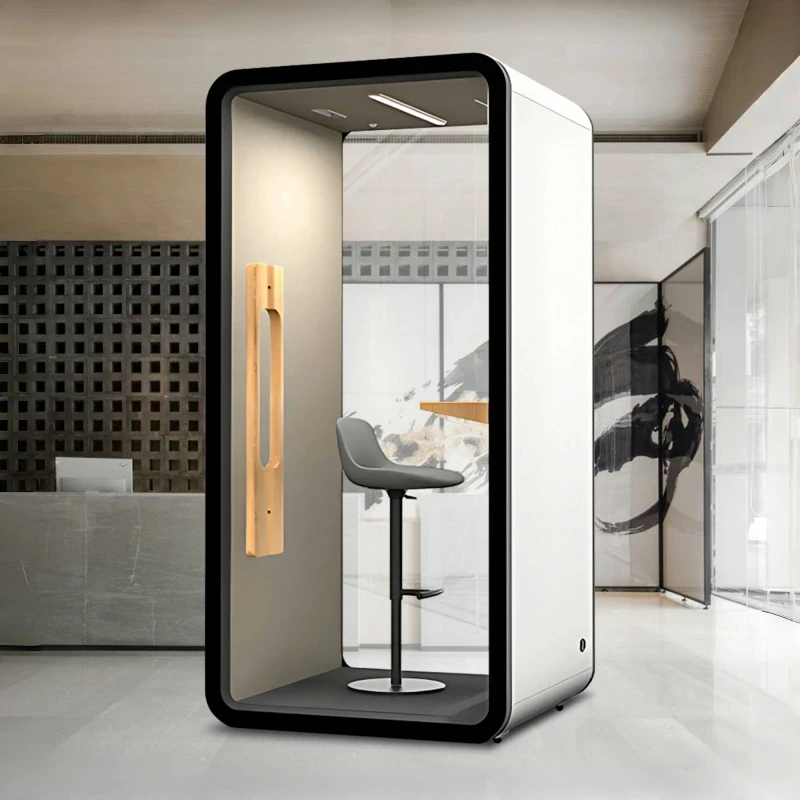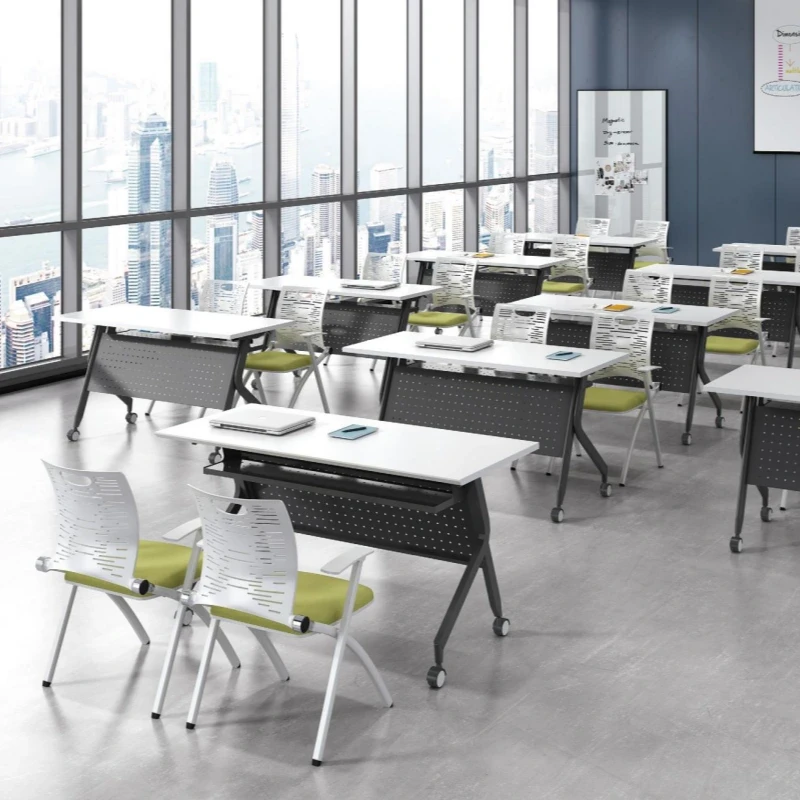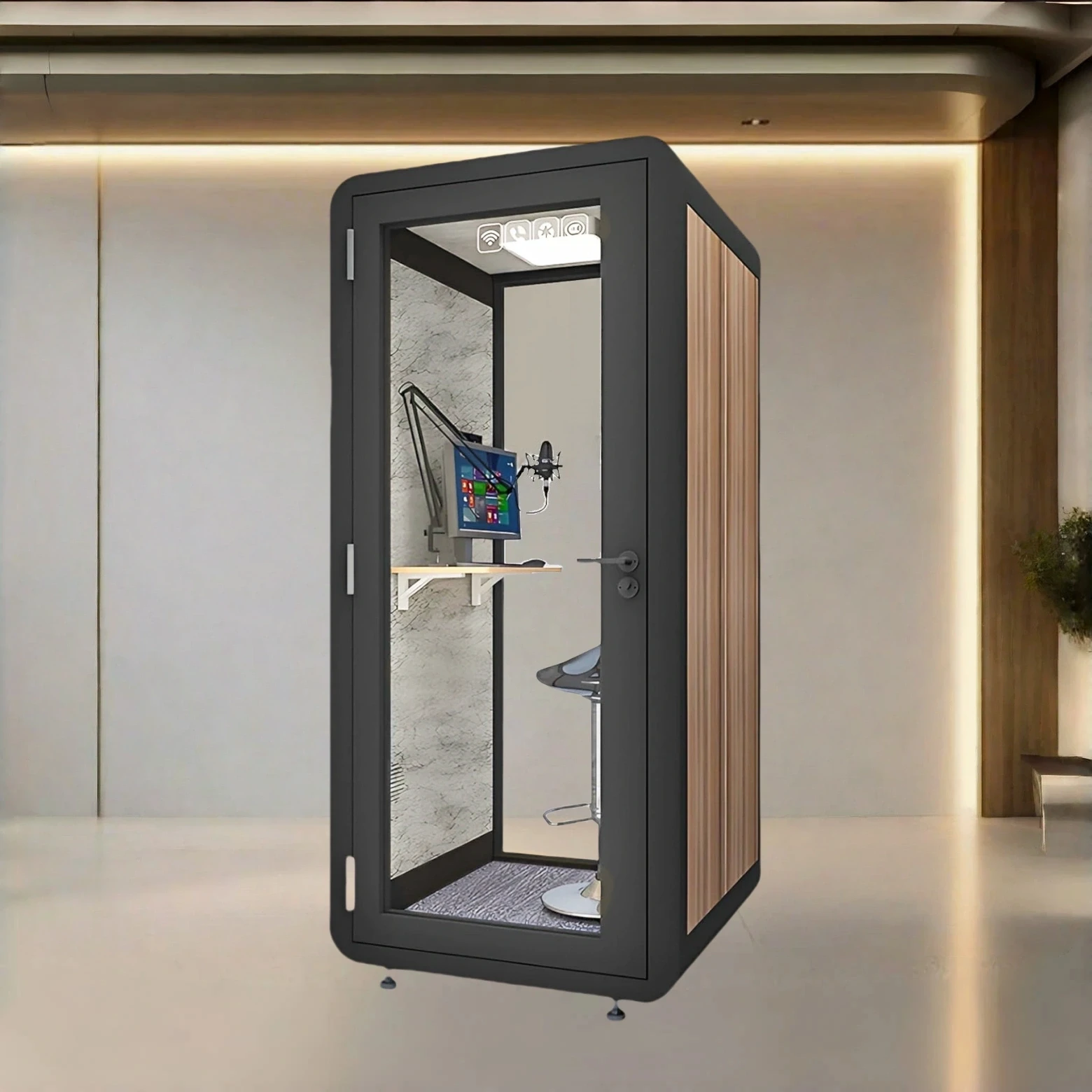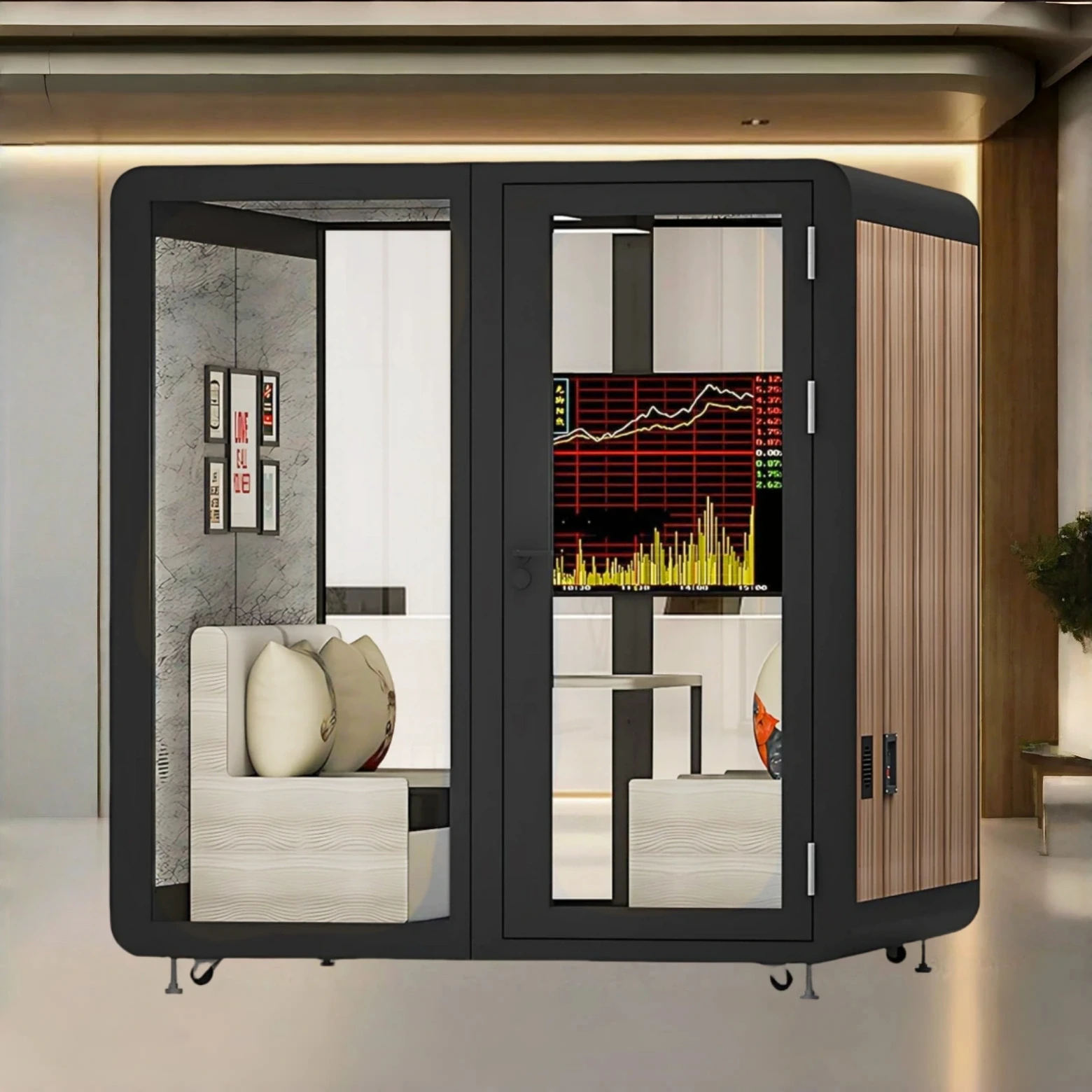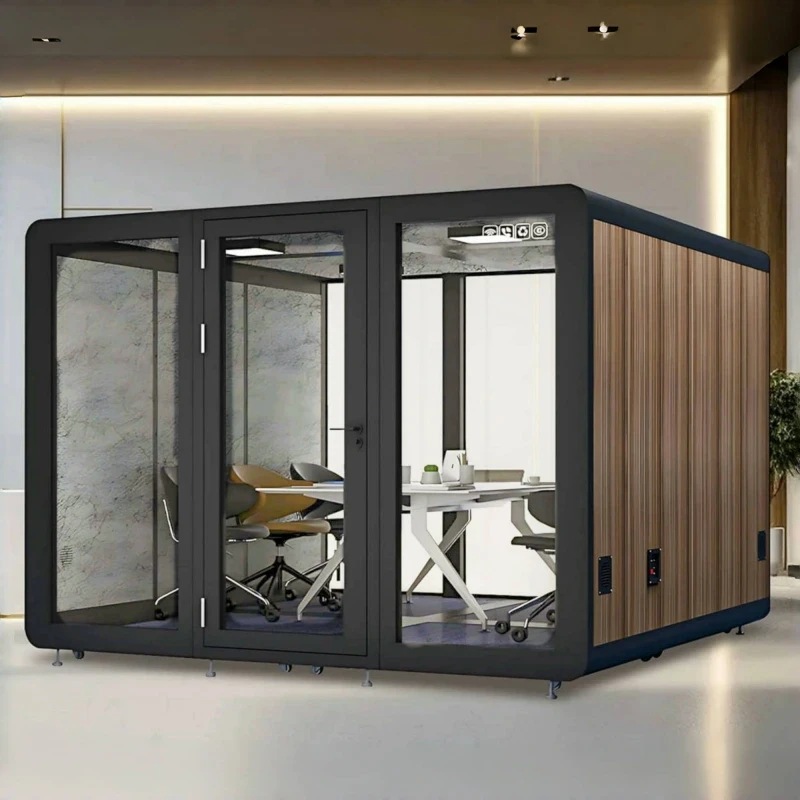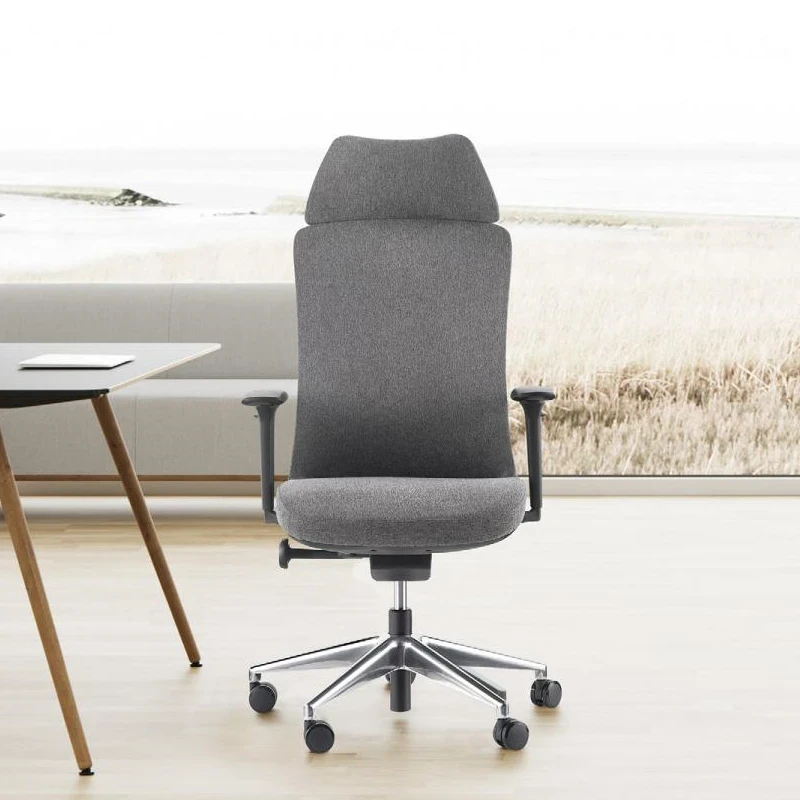Read this article while standing.
What are the benefits of standing while working?
According to the Annals of Internal Medicine, the average person spends more than half their waking hours sitting. This includes sitting at work, driving, and even at home. The health risks associated with prolonged sitting are becoming increasingly serious.
To address the health risks associated with prolonged sitting and offset the damage caused by long-term inactivity, standing desks are a growing trend.
More and more people are purchasing standing desks for their home offices, and companies are also gradually purchasing height-adjustable desks for their employees. A survey by the Society for Human Resource Management found that standing desks are the fastest-growing corporate benefit trend. In 2013, 13% of employers provided or subsidized standing desks, 44% in 2017, and 60% in 2019.
What are the common benefits of standing desks? Below, we'll share some research on the benefits of standing desks and discuss our experiences and those of others who have transitioned to them.
Weight Loss
Higher Productivity
Reduced Risk of Diabetes, Heart Disease, Cancer, and More
More Energy
Better Mood
Reduced Back Pain
01
Weight Loss
According to a study by the Center for Physical Activity and Weight Management Research, standing only burns 10% more calories than sitting. Researchers had 74 people wear masks that measured oxygen consumption and tracked three groups of participants. They found that those who sat burned 80 calories per hour, those who stood burned 88 calories per hour, and those who walked burned 210 calories per hour.
Eight extra calories per hour may not seem significant, especially when you consider that many people who work at standing desks don't stand all day. If you stand at your desk for half of your workday, for an 8-hour workday, standing for four hours would burn 32 more calories than sitting for eight hours. If you multiply that by 32 calories, five days a week, 44 weeks a year, you'll burn an extra 7,040 calories in a year (just over 2 pounds, nearly 1 kilogram; women know how significant and challenging it is to lose two pounds).
A March 2017 publication in the Journal of Occupational Medicine explained that standing desks "provide an opportunity to increase energy expenditure throughout the workday." They further explained, "While this small benefit is modest, it could add up over time and potentially be an important component of a public health strategy to prevent weight gain in people who work at desks."
The numbers we've just discussed are consistent with the experience of many people who begin using standing desks—they typically lose a little weight, but not a lot. People use more energy when standing than when sitting, and when they use more energy, they tend to be more active. Using a standing desk becomes part of an active lifestyle.
Another factor to consider is that when people stand at their desks, they're often not just standing still. It's common for people to move, stretch, squat, and dance while standing at their desks. They also tend to get up from their desks more frequently.
02
Productivity
Dan Fois published an experiment in New York Magazine, in which he stood for 30 days straight. The only times he stopped standing were to sleep or use the bathroom. Notably, his productivity increased significantly. He said, "I significantly reduced the amount of time I waste, and I edited and wrote more than I can remember in any other month."
This experience is not uncommon. Many people notice that when they add standing to their daily work, they tend to be more productive and spend less time on social media and other unproductive tasks.
A study of call center workers found that those who stood during calls were 23% more successful than those who sat. Researchers also noted differences in employees' comfort, attitudes toward work, and how they felt about themselves.
Researchers believe this may be because standing increases blood oxygen circulation and improves mental function. For this reason, many large companies, including Google and Facebook, provide standing desks for their employees.
A study from the University of Washington suggests that standing while working can stimulate creativity and collaboration. At least one reason is that people move more and approach their colleagues' desks when they stand than when their colleagues sit.
03
Reduces Diabetes, Heart Disease, Cancer, and More
A wealth of research indicates that prolonged sitting significantly increases the incidence of several major causes of death in the United States. Published major studies have linked a sedentary lifestyle to higher rates of heart disease (the leading cause of death), cancer (the second leading cause of death), and diabetes (the seventh leading cause of death).
Diabetes
According to Dr. I-Min Lee, a professor at Harvard Medical School, prolonged sitting can impair fat and sugar metabolism, increasing the risk of diabetes and heart disease. An Australian study found that people who sat for five hours had plasma glucose levels 20% higher than those who engaged in light exercise every 20 minutes. Another study found that sitting for most of a 24-hour period reduced insulin's effectiveness in controlling blood sugar by 40%. Sitting for six hours a day for two weeks can increase LDL and other fatty substances, while reducing the enzymes that break them down.
Sitting time is also associated with larger waist circumference, BMI, systolic blood pressure, fasting triglycerides, and HDL cholesterol. Olivia Judson, an evolutionary biologist and researcher in biology at Imperial College London, says these are "the first steps on the road to diabetes."
Heart Disease
One study, dating back to 1953, found that bus conductors who stood all day had half the risk of heart disease-related death compared to drivers who sat all day. Subsequent studies have confirmed the original findings. A comparative review of 18 different studies found that a sedentary lifestyle was associated with a 90% increased risk of heart disease-related death and a 147% increased risk of cardiovascular events. Another study found that sitting for three hours reduced arterial dilation by 50%. Ten years or more of prolonged sitting is thought to increase the risk of heart disease by 64%.
Cancer
Women who sit for more than six hours a day have a higher risk of cancer (particularly ovarian, breast, endometrial, and multiple myeloma) than those who sit for three hours a day. For men, those who walk or cycle for 30 minutes a day instead of sitting in an office have a lower risk of prostate cancer. Sedentary behavior is associated with a higher risk of colon cancer in both men and women. It's estimated that more activity could prevent 100,000 cases of breast and colon cancer each year in the United States.
Sitting is considered an independent risk factor, meaning that if you're otherwise healthy, your sedentary habits could contribute to cancer, even if you don't smoke, exercise regularly, and generally have a healthy lifestyle.
04
More Energy and Better Mood
A 2012 Australian study found that severe anxiety and depression were associated with sitting at a computer.
The International Journal of Workplace Health Management conducted a year-long study of 67 participants, half of whom had the option of sitting and the other half standing. The study followed participants in a real office setting. 61% of the standing participants reported feeling more energetic and motivated, experiencing less muscle, joint, and back pain, and feeling stronger and more flexible. 65% reported increased productivity.
The "Take-a-Stand Project," a 2011 study, involved 24 office workers using standing desks for four weeks. At the end of the four weeks, participants were asked a series of questions. The results were:
87% felt more comfortable
87% felt more energized
75% felt healthier
71% felt more focused
66% felt more productive
62% felt happier
33% felt less stressed
When the standing desks were removed, participants reported feeling worse.
05
Reduced Back Pain
A study from Minneapolis tested two groups of people for seven weeks: one with a standing desk and one without. The group with standing desks reduced sitting time by 66 minutes per day and experienced a 54% reduction in upper back and neck pain.
Experts believe that one reason using a standing desk can reduce back pain is that it increases oxygen and nutrient circulation to the muscles, tendons, and ligaments in the back and neck. Many people who sit all day have poor posture, which can compress nerves, reduce blood flow, and aggravate pressure points.
Using a standing desk is not guaranteed to reduce back pain. The causes of back pain are numerous and, in many cases, unknown. But experts recommend creating an ergonomic workspace, changing your work posture every 20 minutes (or at least taking a brisk walk), and then keep moving (because there's no perfect posture, only the next one). A University of Cincinnati study found that when participants changed their posture, shoulder and back pain decreased significantly.
Remember, when we talk about using a standing desk, we're not talking about standing all day. Experts recommend switching between standing and sitting throughout the day. Standing can also involve significant periods of inactivity, which isn't helpful. Prolonged standing can cause strain on the legs and back.
Who else read this standing here? Leave a message to let me know.

 USD
USD
 GBP
GBP
 EUR
EUR





